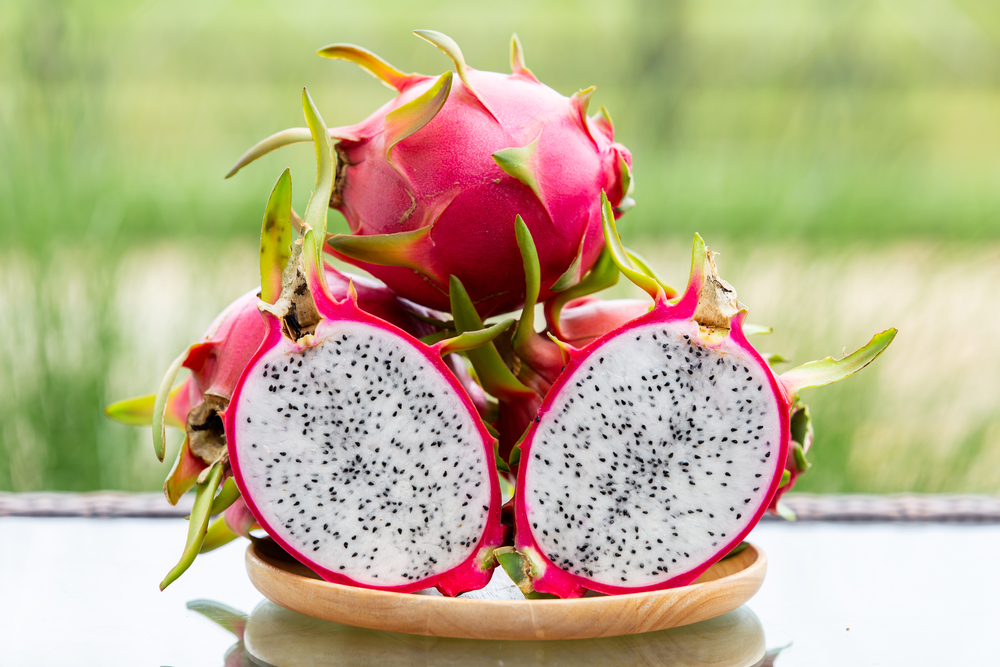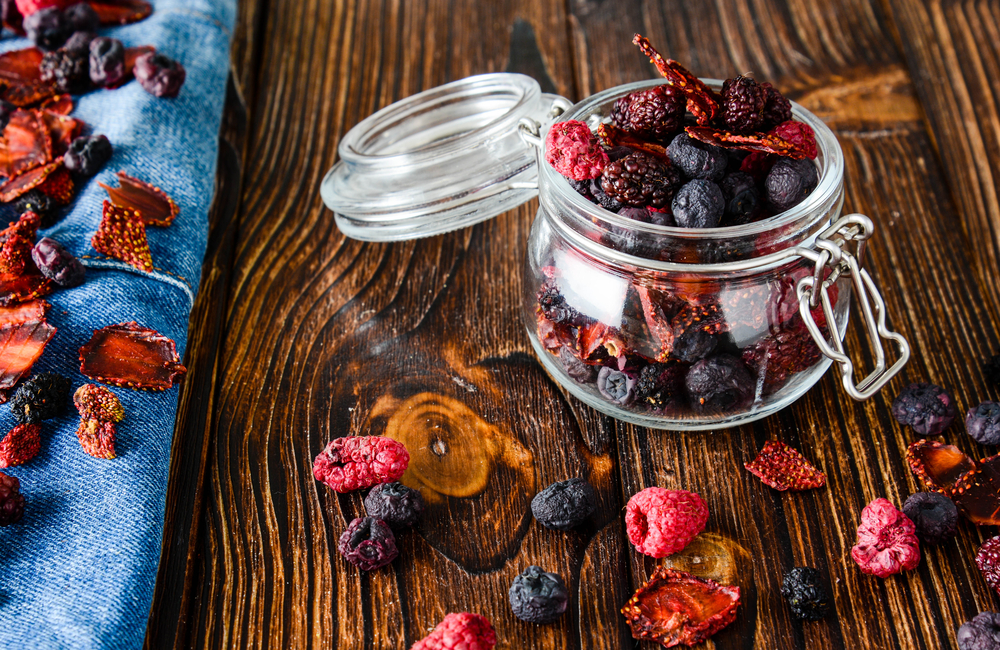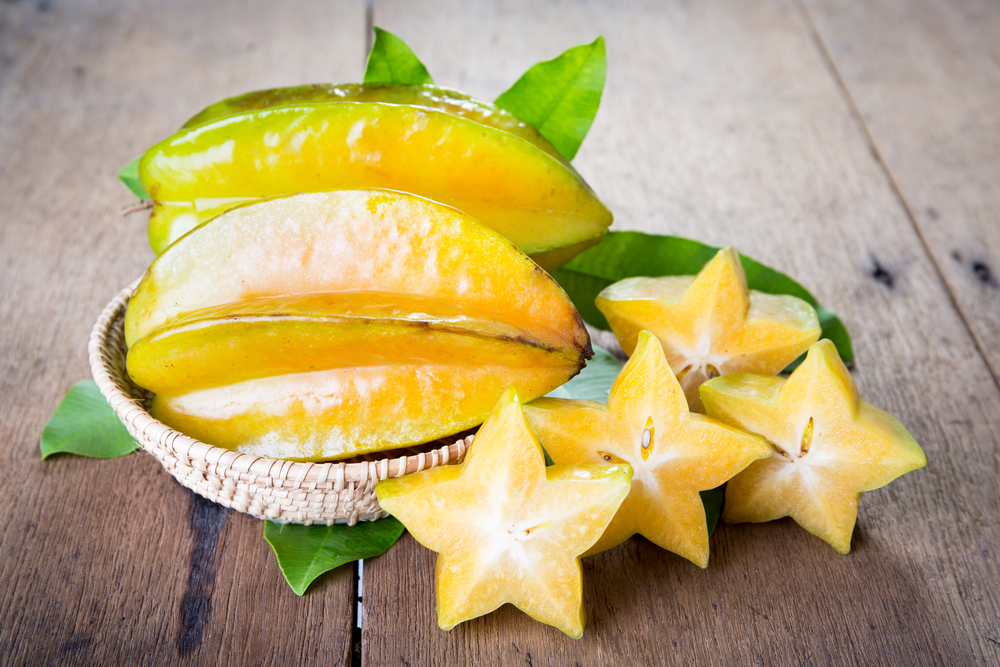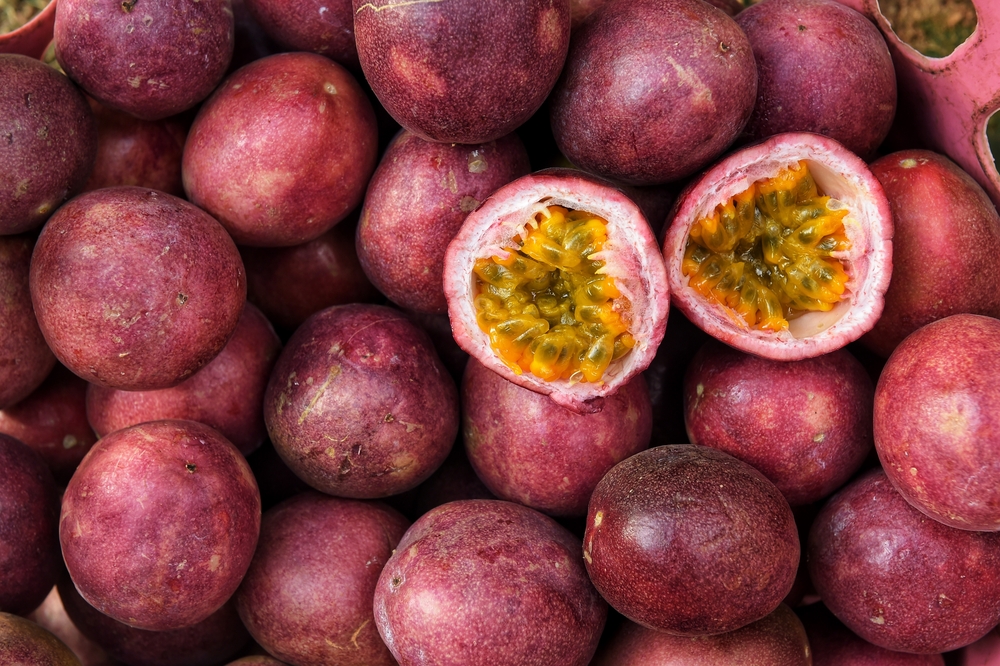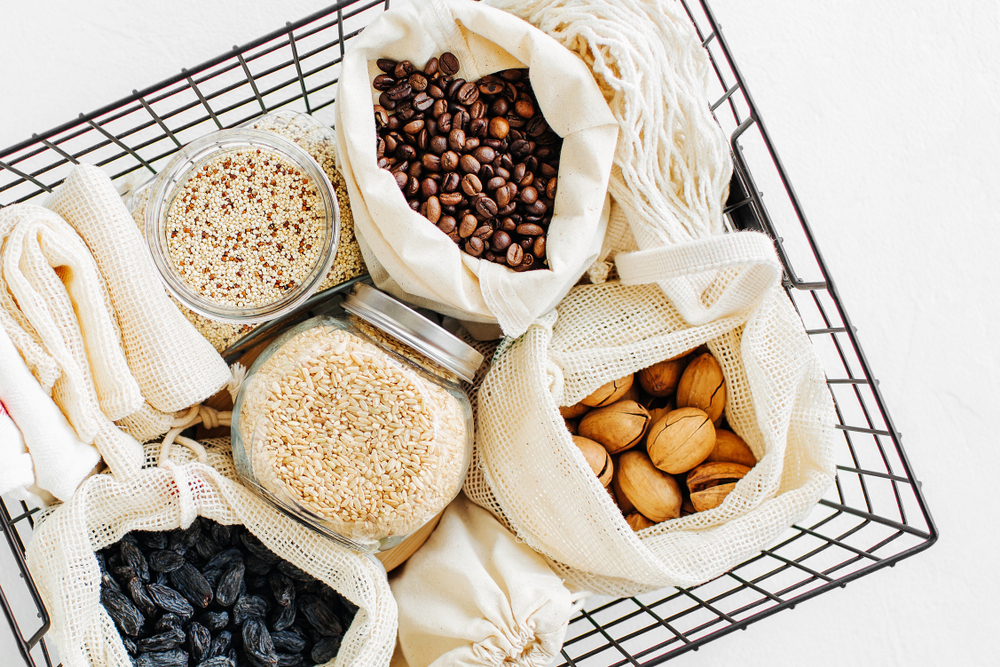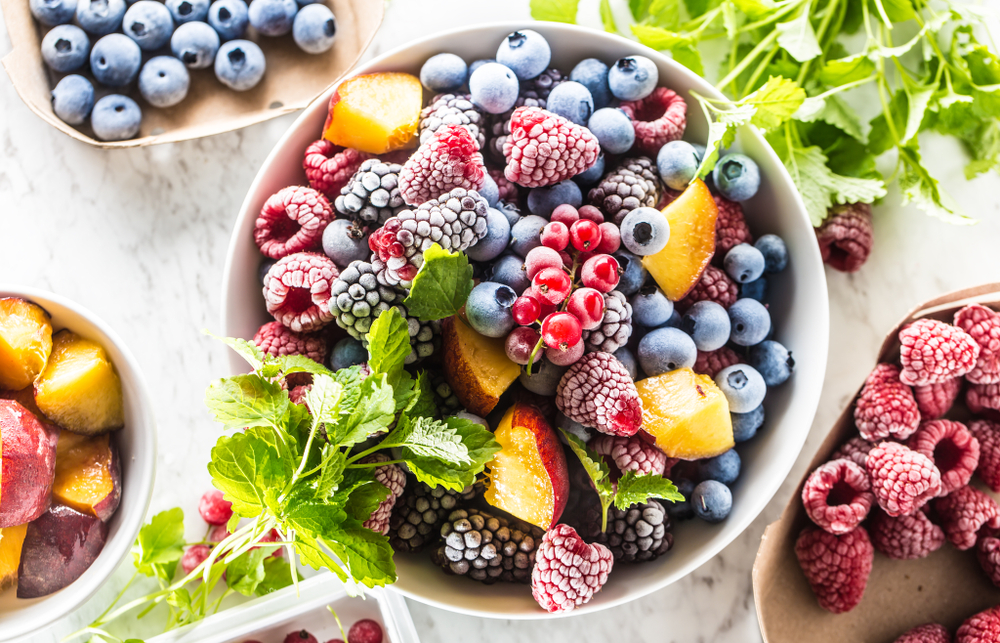As a tomato lover, I always want to make sure that I am eating them at their best. Tomatoes can be a delicious addition to any meal, but how long do they last?
The answer to that question can depend on a variety of factors, such as the ripeness of the tomato and the storage method used. In this article, I will explore the factors that affect the shelf life of tomatoes and provide tips on how to store them properly.
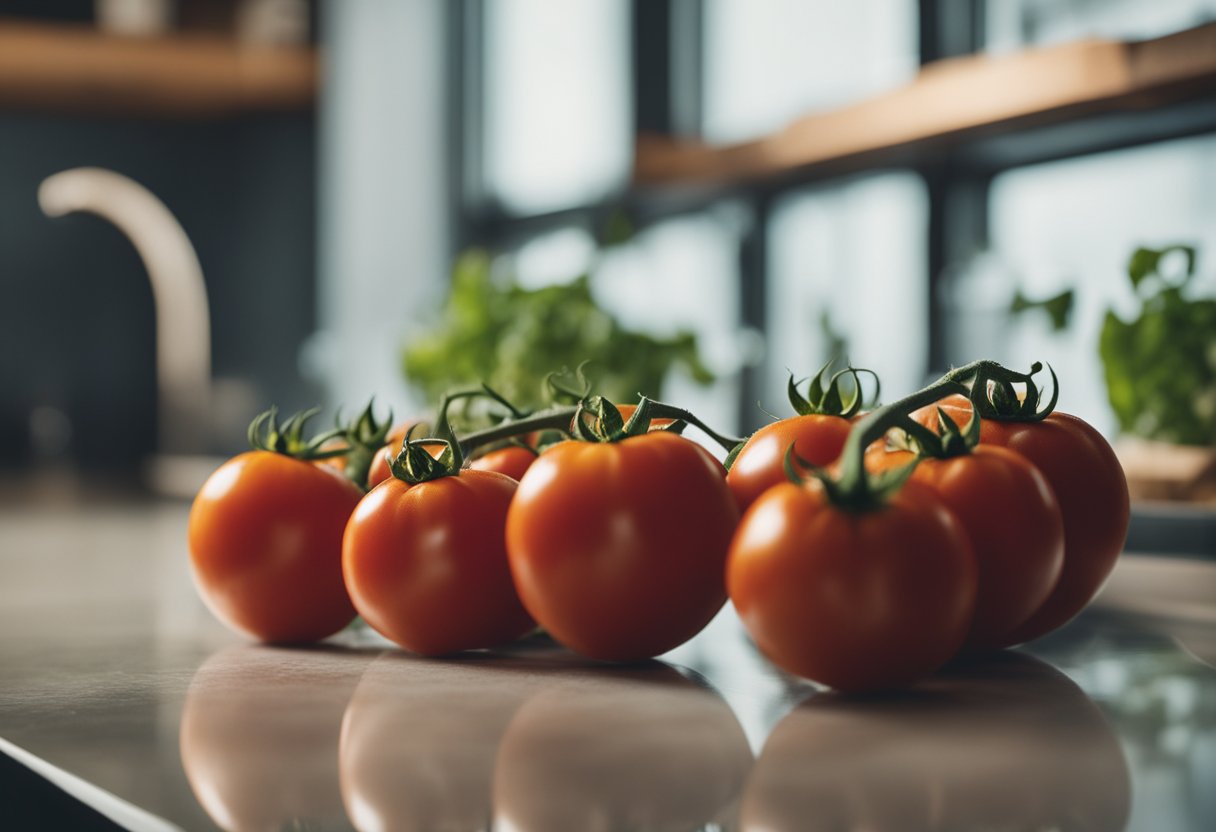
Understanding tomatoes is key to understanding how to make them last longer. Tomatoes are a fruit that are often used as a vegetable in cooking. They come in a variety of colors, shapes, and sizes, and each variety has its own unique flavor profile.
Tomatoes are also packed with nutrients, such as vitamin C, potassium, and lycopene. However, they are also highly perishable, which means that they can spoil quickly if not stored properly.
Factors affecting tomato shelf life can include the ripeness of the tomato, the storage temperature, and the storage method. For example, ripe tomatoes will only last a few days at room temperature, while unripe tomatoes can last up to a week.
Additionally, storing tomatoes in the refrigerator can extend their shelf life, but can also cause them to lose flavor and texture. In the next section, we will explore how to store tomatoes properly to maximize their shelf life and flavor.
Key Takeaways
- Tomatoes are a highly perishable fruit that can spoil quickly if not stored properly.
- Factors affecting tomato shelf life include ripeness, storage temperature, and storage method.
- Proper storage methods, such as storing at room temperature or in the refrigerator, can help extend the shelf life of tomatoes.
Understanding Tomatoes

Tomatoes are a widely used fruit in cooking. They come in various shapes and sizes, including cherry, plum, grape, beefsteak, and Roma. Tomatoes are also very versatile and can be used in a variety of dishes, including salads, sauces, and soups.
Although tomatoes are commonly used as a vegetable in cooking, they are actually a fruit. This is because they contain seeds and are produced from the ovary of a flowering plant.
Tomatoes are also a good source of vitamins A and C, and they are low in calories, making them a healthy addition to any diet.
When it comes to determining the shelf life of tomatoes, it is important to consider their ripeness. Fully ripe tomatoes will last for 5-7 days when stored at room temperature and up to 2 weeks when refrigerated in a plastic bag.
Slightly unripe tomatoes are best left to fully ripen in the fruit bowl for 2-3 days before consuming.
It is also important to store tomatoes properly to extend their shelf life. Tomatoes should be stored at room temperature if they are fully ripe and will be consumed within a few days.
If they will not be consumed for a longer period, it is best to refrigerate them to prevent spoilage.
Different types of tomatoes have different shelf lives. For example, cherry tomatoes have a shorter shelf life than larger tomatoes like beefsteak or Roma. Plum tomatoes are also known for having a longer shelf life than other types of tomatoes.
In addition to proper storage, it is important to inspect tomatoes before consuming them. Signs that a tomato is past its prime include a soft or mushy texture, discoloration, and a sour or off smell.
It is best to discard any tomatoes that show these signs to avoid the risk of foodborne illness.
Overall, understanding the different types of tomatoes and their shelf lives can help ensure that they are used and stored properly.
Factors Affecting Tomato Shelf Life
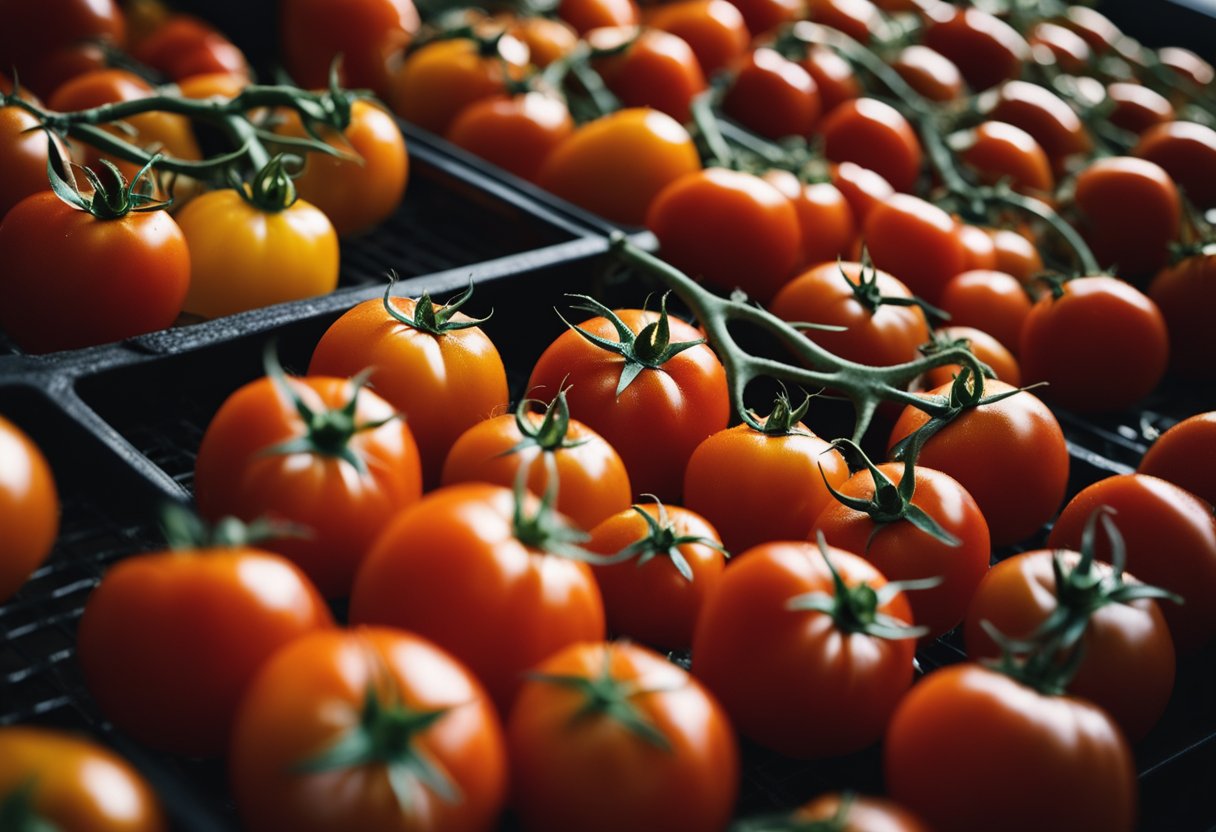
As a food item, tomatoes are highly perishable and can spoil quickly if not stored properly. The following factors can affect the shelf life of tomatoes:
Ripe Tomatoes
Ripe tomatoes have a shorter shelf life compared to unripe ones. A fully ripe tomato will last 5-7 days when stored at room temperature and up to 2 weeks when refrigerated in a plastic bag.
Slightly unripe tomatoes are best left to fully ripen in the fruit bowl for 2-3 days.
Flavor and Texture
Tomatoes with a strong, sweet smell and firm texture are the most flavorful and have a longer shelf life. Tomatoes with a dull smell and soft texture may be overripe and prone to rot.
Rot
Tomatoes are prone to rot, especially when they are not stored properly. Rot can be caused by bacteria and fungi, which can grow in moist environments. Avoid storing tomatoes in areas with high humidity or moisture.
Firmness
Firm tomatoes have a longer shelf life compared to soft ones. Avoid squeezing or bruising tomatoes, as this can cause them to spoil faster.
Refrigeration
Refrigeration can extend the shelf life of ripe tomatoes by a few days. However, refrigeration can also affect the texture and flavor of tomatoes. Refrigerated tomatoes may become mealy or lose their flavor.
Environment
Tomatoes should be stored in a cool, dry place away from direct sunlight. Exposure to sunlight can cause tomatoes to ripen too quickly and spoil faster.
Bacteria
Bacteria can cause tomatoes to spoil quickly. Always wash your hands before handling tomatoes, and avoid storing tomatoes with other fruits and vegetables that may be contaminated with bacteria.
Ripeness
Tomatoes that are too ripe may have a shorter shelf life compared to those that are slightly unripe. Overripe tomatoes may be soft, bruised, or have blemishes, which can cause them to spoil faster.
Freshness
The freshness of tomatoes can affect their shelf life. Tomatoes that are picked at the peak of ripeness and stored properly will have a longer shelf life compared to those that are not.
How to Store Tomatoes
As a tomato lover, I know how important it is to store them properly to keep them fresh for as long as possible.
Here are some tips for storing tomatoes:
- Counter: If you plan to eat your tomatoes within a few days, you can store them on the counter at room temperature. Make sure to keep them away from direct sunlight and heat sources.
- Refrigerator: If you need to store your tomatoes for a longer period, you can put them in the refrigerator. However, keep in mind that refrigeration can affect the texture and flavor of tomatoes. It is best to use them within a week.
- Container: When storing tomatoes in the refrigerator, it is best to keep them in a container to prevent them from getting squished. You can also store them in a single layer to avoid bruising.
- Stem Side Down: When storing tomatoes, it is best to keep them stem side down. This helps to prevent moisture from entering the stem scar and causing the tomato to spoil.
- Plastic Bags: You can also store tomatoes in plastic bags in the refrigerator. However, make sure to poke some holes in the bags to allow for air circulation.
By following these tomato storage tips, you can enjoy fresh and delicious tomatoes for longer.
Tomatoes and Food Preparation
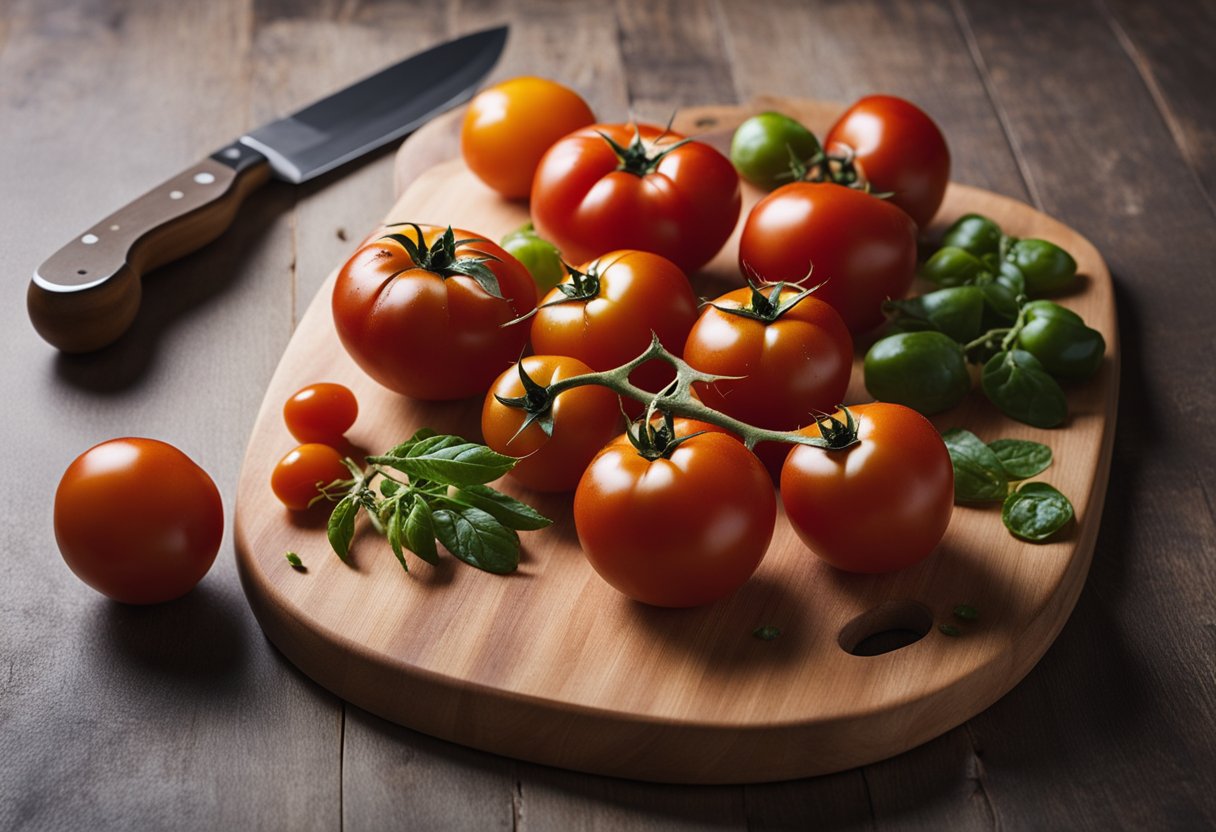
As someone who loves cooking, I know how important it is to use fresh ingredients to make delicious meals. When it comes to tomatoes, proper food preparation is key to ensure they last as long as possible.
One of the best ways to use tomatoes is in salads. Freshly chopped tomatoes can add a burst of flavor and color to any salad. To ensure that the tomatoes last as long as possible, it’s important to store them properly.
Tomatoes should be kept at room temperature until they are ripe. Once they are ripe, they can be stored in the refrigerator for up to two weeks in a plastic bag.
Unfortunately, tomatoes are also prone to mold. If you notice any mold growing on your tomatoes, it’s best to discard them immediately. To prevent mold from growing, it’s important to store tomatoes in a well-ventilated area.
Tomatoes are an essential ingredient in many meals and recipes. From tomato sauce to tomato juice, there are countless ways to use this versatile fruit.
When cooking with tomatoes, it’s important to add them at the right time. If you add them too early, they can become mushy and lose their flavor.
Garlic and spices are often used to enhance the flavor of tomato-based dishes. When adding these ingredients, it’s important to use fresh garlic and spices to ensure the best flavor.
In conclusion, tomatoes are a delicious and versatile ingredient that can be used in a variety of ways. By properly storing and preparing them, you can ensure that they last as long as possible and add a burst of flavor to your meals.
Preserving Tomatoes
As someone who loves to cook with fresh produce, I always try to make the most of my ingredients before they go bad.
Tomatoes are a staple in many of my dishes, so I’ve learned a few tricks for preserving them when I have more than I can use right away.
Here are some methods I use to keep my tomatoes fresh and delicious for as long as possible.
Freezing Tomatoes
If you have more tomatoes than you can use, freezing them is a great option. Start by washing and drying the tomatoes, then remove the stem and any blemishes. You can either freeze them whole or chop them into pieces.
Place them in a freezer bag, label it with the date, and store them in the freezer for up to 6 months. Frozen tomatoes are great for making sauce or soup.
Canning Tomatoes
Canning is another great way to preserve tomatoes. Start by washing and blanching the tomatoes. Then, remove the skin and pack them into sterilized canning jars. Add lemon juice to each jar to increase acidity and prevent spoilage.
Seal the jars according to the instructions and process them in a boiling water bath for the recommended time. Canned tomatoes will last for up to a year in a cool, dark place.
Pickling Tomatoes
Pickling is a unique way to preserve tomatoes and adds a tangy flavor to them. Start by washing and slicing the tomatoes, then pack them into sterilized jars. Mix together vinegar, sugar, salt, and spices in a pot and bring to a boil.
Pour the hot liquid over the tomatoes, seal the jars, and store them in the fridge for up to a month. Pickled tomatoes are great for snacking or adding to salads.
Food Storage
Regardless of the method you choose, it’s important to store your tomatoes properly. Keep them in a cool, dry place away from direct sunlight.
Store fresh tomatoes in a single layer, not touching each other, to prevent bruising. If you’re freezing or canning tomatoes, be sure to label them with the date so you can keep track of how long they’ve been stored.
In conclusion, there are several ways to preserve tomatoes, including freezing, canning, and pickling. Each method has its own benefits and can help you make the most of your produce.
By storing your tomatoes properly, you can enjoy their delicious flavor all year long.
How Long Do Tomatoes Last
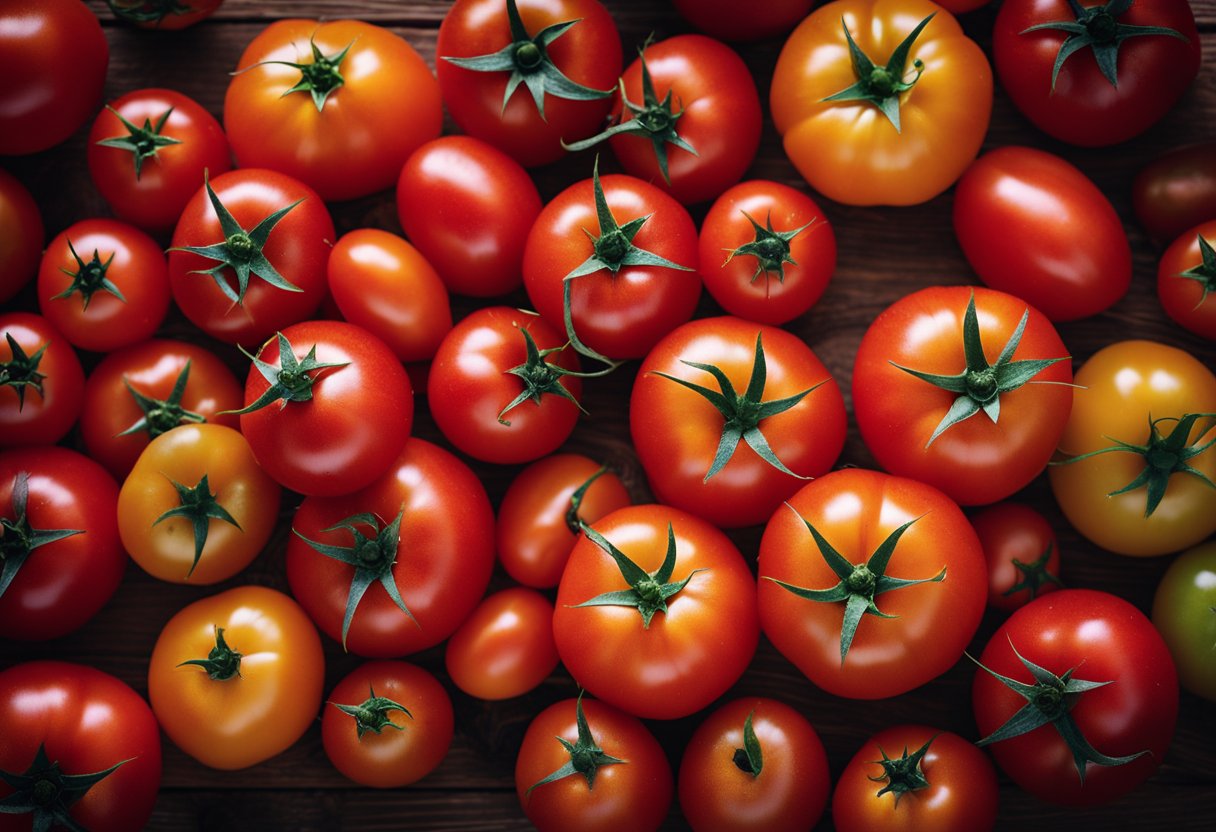
As a tomato lover, I know how important it is to keep them fresh for as long as possible. Tomatoes have a versatile nature and can be used in many dishes. But how long do tomatoes last?
The shelf life of tomatoes depends on their ripeness and storage method. A fully ripe tomato can last 5-7 days when stored at room temperature, while slightly unripe tomatoes are best left to fully ripen in the fruit bowl for 2-3 days.
If you want to extend their shelf life, store them in the refrigerator in a plastic bag for up to 2 weeks.
When storing tomatoes in the fridge, it’s important to note that the cold temperature can affect their texture and flavor. Ripe tomatoes may become mealy, while unripe tomatoes may never fully ripen. So, it’s best to use them within a few days of refrigeration.
It’s also worth mentioning that the shelf life of tomatoes can vary depending on the type of tomato. For example, cherry tomatoes tend to have a shorter shelf life than beefsteak tomatoes.
In conclusion, the shelf life of tomatoes can vary depending on their ripeness, storage method, and type. By following the tips mentioned above, you can ensure that your tomatoes stay fresh and tasty for as long as possible.
Dealing with Tomato Waste
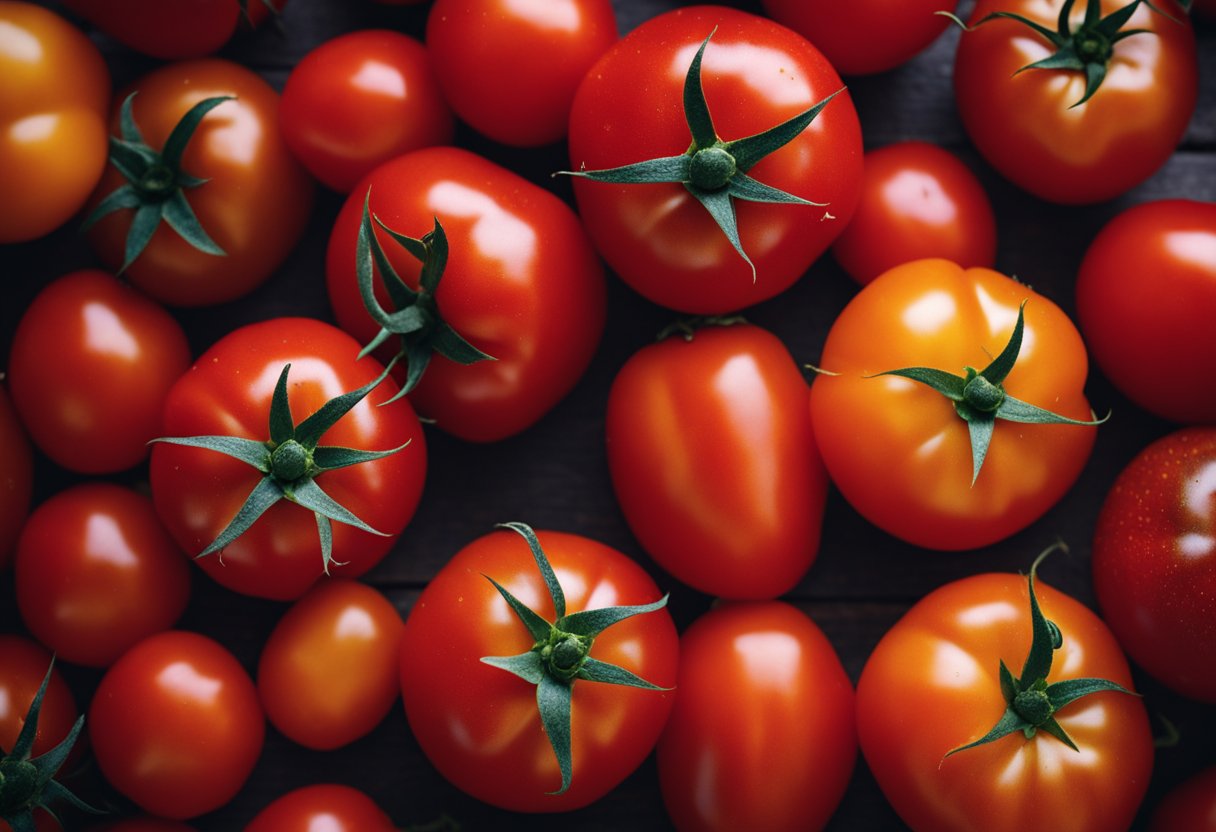
As someone who loves to cook with fresh tomatoes, I often find myself with extra tomatoes that have gone bad before I could use them. Instead of throwing them away, there are a few techniques I use to deal with tomato waste.
Composting
One of the best ways to deal with tomato waste is by composting. Tomato skins and seeds are great additions to a compost pile, as they are high in nitrogen and help to break down other organic material.
If you don’t have a compost pile, consider starting one in your backyard or look for local composting programs in your area.
Techniques for Using Overripe Tomatoes
If you have overripe tomatoes that are no longer good for eating, there are still ways to use them. One technique is to roast them in the oven with some olive oil and garlic. This will bring out their sweetness and make them perfect for adding to sauces or soups.
Another technique is to make tomato sauce or salsa with overripe tomatoes. Simply chop them up and cook them down with some onions, garlic, and your favorite herbs and spices. You can also freeze extra sauce or salsa for later use.
Avoiding Fruit Flies
One downside of having extra tomatoes around is the potential for fruit flies. To avoid fruit flies, make sure to store your tomatoes in a cool, dry place and avoid leaving sliced tomatoes out for too long.
If you do notice fruit flies, try using a fruit fly trap or cover your tomatoes with a mesh screen.
Storing Sliced Tomatoes
If you only need a few slices of tomato for a recipe, it can be tempting to slice up a whole tomato and store the rest for later. However, sliced tomatoes don’t last as long as whole tomatoes and can quickly become mushy and inedible.
To store sliced tomatoes, wrap them tightly in plastic wrap or store them in an airtight container in the fridge for up to 2 days.
Frequently Asked Questions
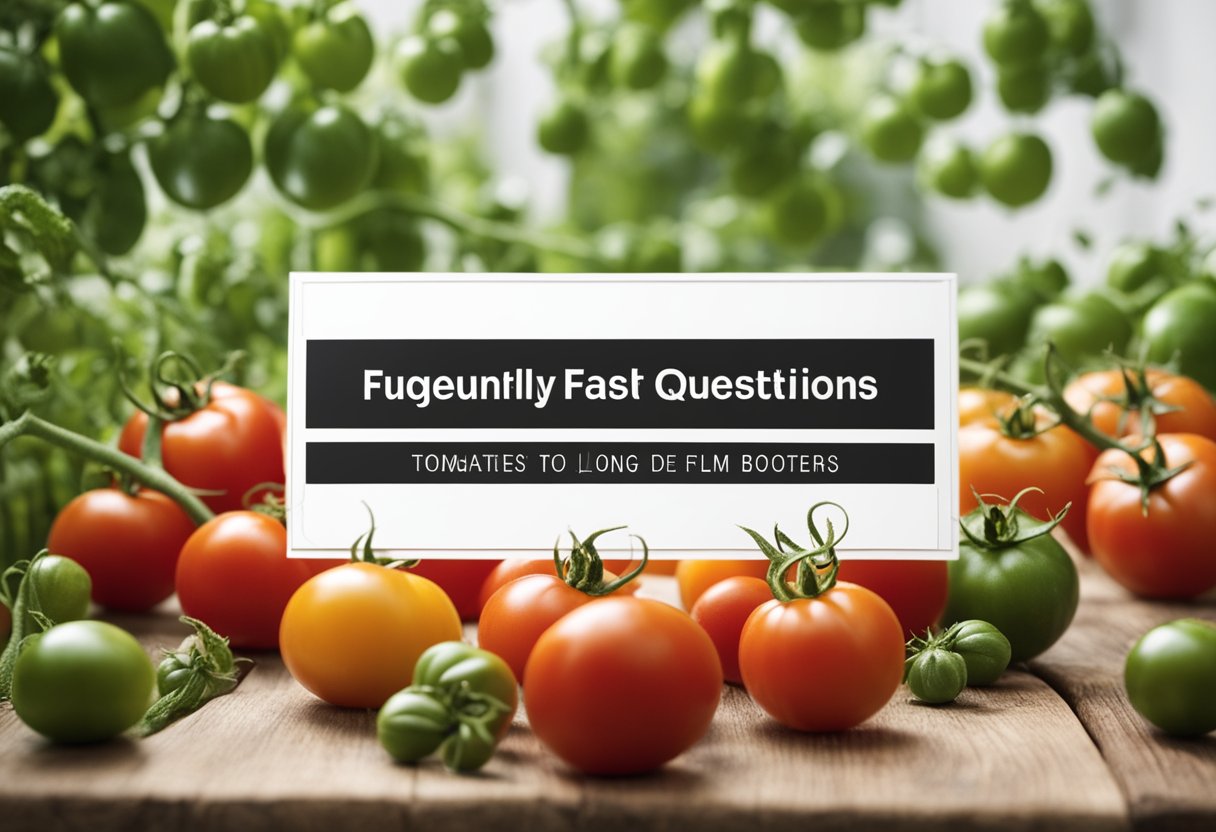
How can I store tomatoes in the fridge for a long time?
To store tomatoes in the fridge, place them in a plastic bag or container and keep them in the crisper drawer. However, refrigerating tomatoes can affect their texture and flavor. If you must refrigerate them, try to use them within a week.
What is the best way to store tomatoes for 6 months?
Tomatoes are not typically stored for such a long period. However, if you want to store them for a few months, it’s best to freeze them.
To freeze tomatoes, wash them, remove the stem, and cut them into desired sizes. Place them on a baking sheet and freeze for a few hours before transferring them to a freezer-safe container.
How long can cherry tomatoes last at room temperature?
Cherry tomatoes can last for 2-3 days at room temperature. If you want to extend their shelf life, store them in the fridge.
What are the signs that tomatoes have gone bad?
Tomatoes that have gone bad will have a mushy texture, moldy spots, and a bad odor. If you notice any of these signs, discard the tomatoes.
How long does it take for tomatoes to spoil?
The shelf life of tomatoes depends on several factors, including their ripeness, storage conditions, and the variety. On average, ripe tomatoes can last for 5-7 days at room temperature and up to 2 weeks in the fridge.
Do tomatoes on the vine have a longer shelf life?
Tomatoes on the vine can have a slightly longer shelf life than those without. However, it’s still important to store them properly and use them within a week.


